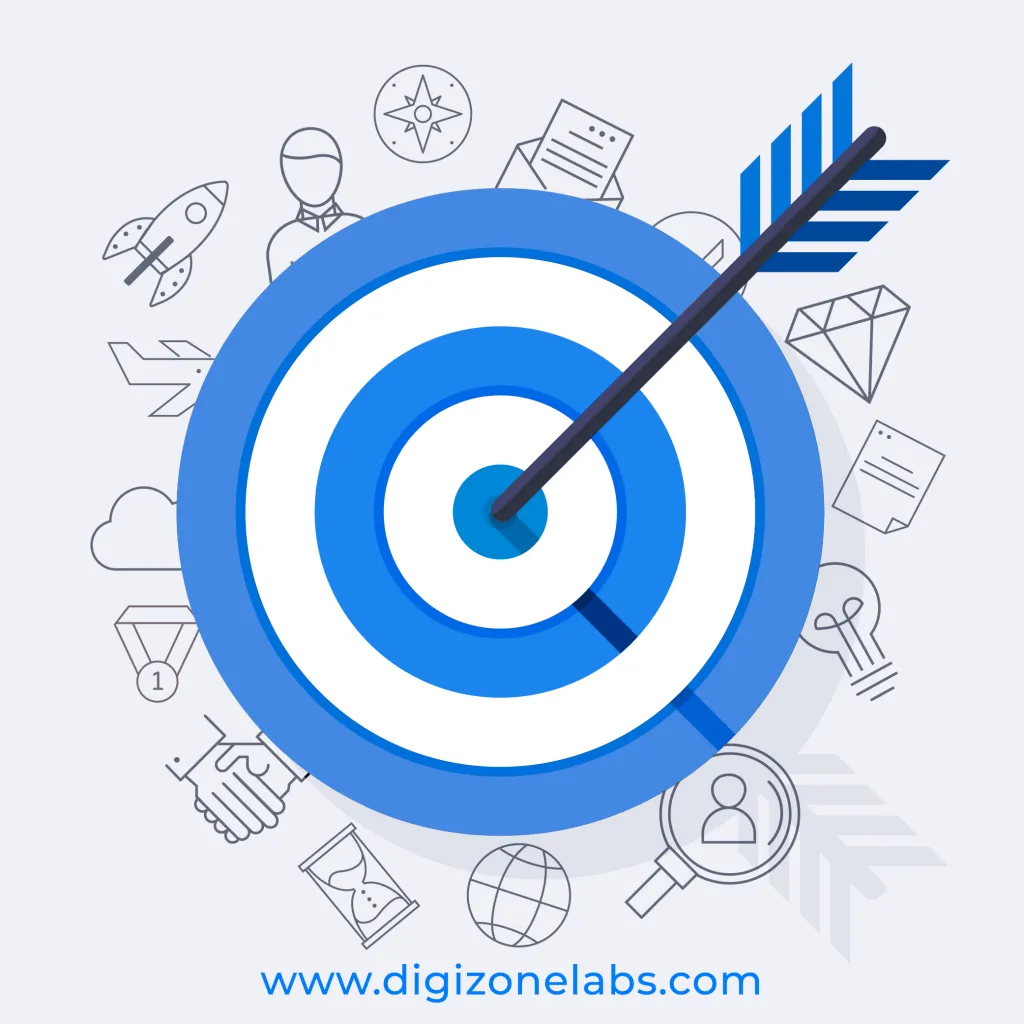Following the social media revolution, companies are increasingly focused on being able to communicate with the right audience in the easiest way possible.
Before this happened, communication was mostly offline, with stratospheric costs and results difficult to measure. Not to mention how complicated it was to define the audience and get it right.
It is thanks to the combination of big data and social networks that a company can get to know, to levels that would have never been imagined before, and define the type of person who is their ideal customer, and in this way and thanks to the algorithms mounted within the different platforms, get to define your audience or target audience and impact them all at once, with just a few clicks.
If we add to this the massive use of our smartphones, which has grown exponentially in recent years, it is fascinating as a company to know that you can impact your target audience whenever and wherever you want.
Let’s see below step by step from the definition to the creation of your audience.
Definition
First of all, define your type of company, is it B2B (Business to Business) or B2C (Business to Consumers)?
This will help you to narrow down your audience, see what tools you need, know what the type of communication you are interested in creating and sponsoring will be, and last but not least, know what networks and/or channels to focus on.
Broadly speaking we can see how B2B will focus on communication top of the funnel, educational and brand image, focusing on more professional networks, while B2C will have much more room to create content and will be able to act through all parts of the funnel, depending on the objectives and what works best for each company, focusing more on a brand image or conversion -top or bottom of the funnel-.
Creation
First of all, you have to define your communication as a story. The person who is going to read your post, blog, email, among others, should be left wanting to read the next one, just like the person who is left wanting to watch the next episode or read the last chapter.
Which stories to create? At the beginning of your relationship with your customers, you should tell stories about shared interests and values. As things progress, you can tell stories about the people in your life such as employees or customers and at the end, you can talk about your products and service. The writing manual says that stories should be divided into three categories:
- Convenient stories; based on current news and events
- Seasonal stories; which are relevant only during a certain period of the year.
- Perennial stories; they can be read whenever and they’ll be as useful as when they were written.
Optimization
How do you know when a story is a winner? Our favourite metrics to measure engaged users are sessions, shares, comments, bounce rate, clicks through links, leads or subscriptions that you get from a post and conversion rate if you’re promoting something. Follow these 3 tips and get it right:
1- Story Telling of singular quality; at first all-new media are exciting in themselves, but soon after the public wants singular content. Brands that publish entries in their blogs, infographics and social network videos are new now but will not be for long, to survive you need better content than the competition.
2- A rigorous strategy; instead of serving as fuel for a brand’s marketing plan, content often exists in a vacuum. You can’t expect a blog hidden in the nooks and crannies of a corporate website to work and people to reach it by a miracle, you need to integrate great content into every part of the communication and marketing strategy.
3- Optimized technology and data; let’s take Netflix as an example, their programs are twice as successful as the rest of the television market because of the way they use the technology and data. As viewers watch Netflix through its application the company knows exactly how many people watch its movies and series and how they do it, when they stop a broadcast, when they rewind and what they see next. This data allows the company to forecast the percentage of people who will watch the second season of a series or who will appreciate something new and so on.
Companies that make intelligent use of technology and data will have a great advantage over the competition.








